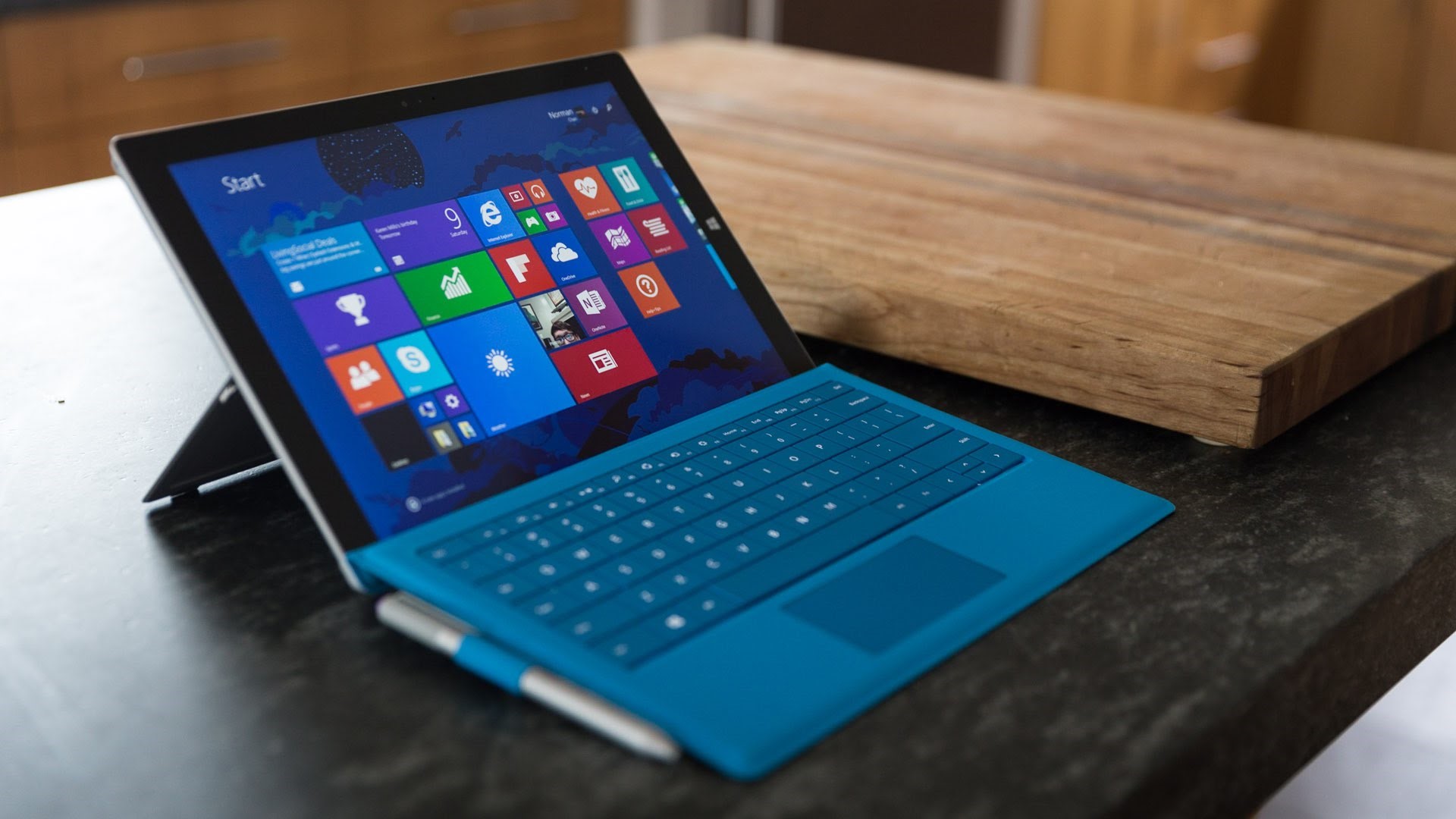The 2-in-1 market is taking off, as more and more people are being persuaded to replace laptops and tablets with a device that can be both. Microsoft and Apple are about to go head-to-head in this space with the Surface Pro 4 and the iPad Pro. If you want the portability of a tablet, with enough power under the hood to really get things done, which one is right for you?
Design
You'll find that the build quality of both of these devices is excellent. Microsoft has gone for a silvery magnesium shell, while Apple sticks with the aluminum unibody design. There's a magnetic hinge on the Surface Pro 4 for attaching the keyboard, while the iPad Pro attaches with a cover and passes data and power through a small Smart Connector interface.
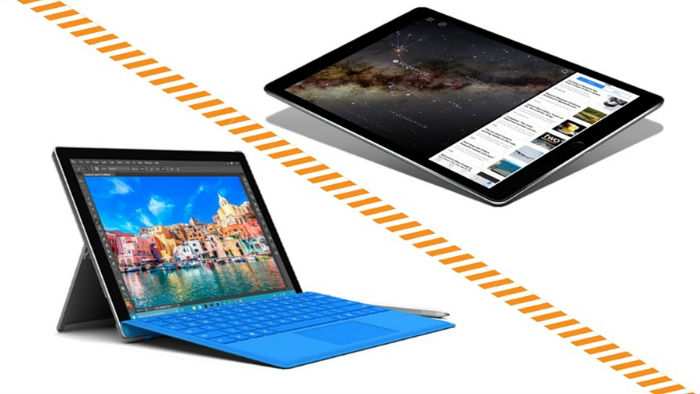
Microsoft's Surface Pro 4 is slightly smaller at 11.5x7.9x0.33", compared to the iPad Pro's 12x8.6x0.27". That's largely down to the slightly bigger display in the iPad Pro, but it does manage to be slimmer and a touch lighter than the Surface Pro 4.
The Winner: Tie
Performance
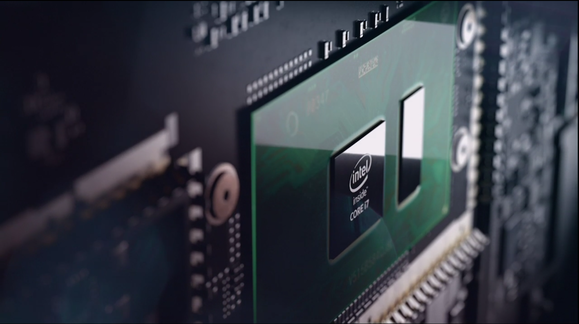
It's not easy to do a straight comparison of the iPad Pro and Surface Pro 4 on performance because they run different operating systems. You also have a choice of hardware in the Surface Pro 4, where you can opt for Intel Core M3, Core i5, or Core i7 processors, and go from 4GB in the base model, up to 16GB of RAM. The iPad Pro features Apple's A9X processor, clocked around 2.25GHz, with 4GB of RAM.
The first couple of options for the Surface Pro 4 will be comparable to the iPad Pro on performance, but at the top end it should be significantly more powerful. The option to add extra RAM should also help a great deal when multitasking.
The Winner: Surface Pro 4 (for higher-end configurations)
Display
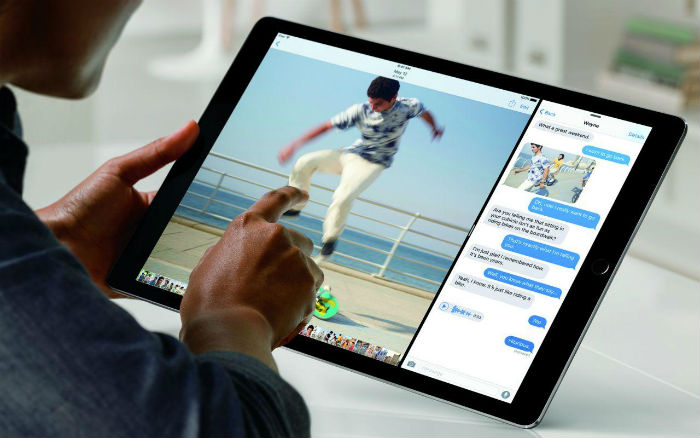
The iPad Pro has the larger display at 12.9" with a 2,732x2,048 pixel resolution, which gives it a pixel per inch (ppi) of 264. The Surface Pro 4 has a 12.3" display with a 2,763x1,824 pixel resolution, which results in a slightly higher 267 ppi. There isn't a great deal to divide them here.
One potentially important difference is the aspect ratio, which is 3:2 on the Surface Pro 4 and 4:3 on the iPad Pro. The iPad Pro's screen should feel roomier when working or web browsing, but the Surface Pro 4 is going to make better use of the space it has for video content, which is usually 16:9.
The Winner: Tie
Storage
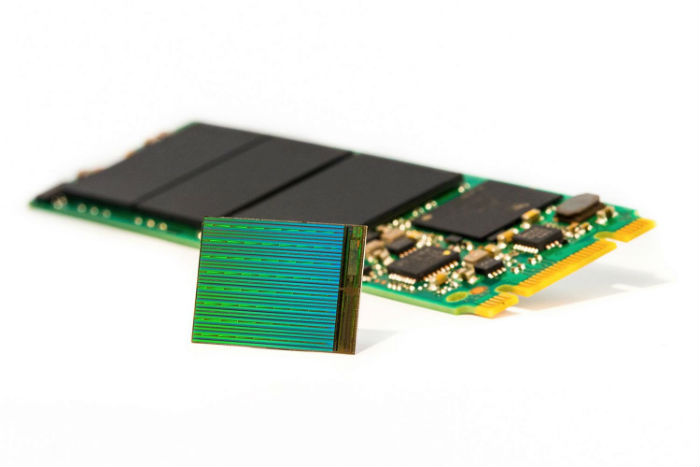
You only get two options with the iPad Pro: 32GB or 128GB. The Surface Pro 4 is clearly superior here, starting at 128GB, but also being offered with 256GB, 512GB, or 1TB of storage space. You'll need to pay quite a bit extra for the larger amounts, but if you need the space, it's only an option with Microsoft's device.
The Winner: Surface Pro 4
Connectivity
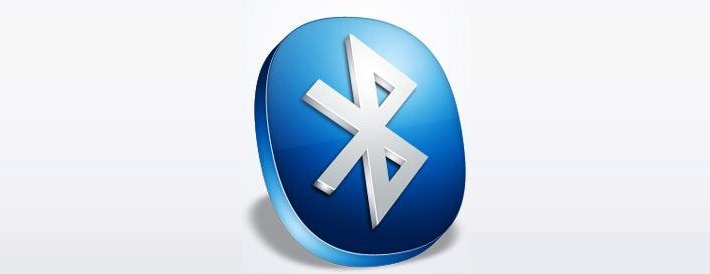
There are a couple of ways to look at this category. Both devices obviously have Wi-Fi and Bluetooth support, though the iPad Pro supports the slightly newer Bluetooth 4.2 standard, while the Surface Pro 4 is Bluetooth 4.0. More importantly, the iPad Pro also offers a mobile data connection with support for LTE. You'll need a service contract, but it means you can stay connected without Wi-Fi.
On the physical side, the Surface Pro 4 has more options, with a USB 3.0 port, a Mini DisplayPort, and a microSD card reader. The iPad Pro just has a Lightning connector. Both have a standard 3.5mm headphone port.
The Winner: Tie
Portability
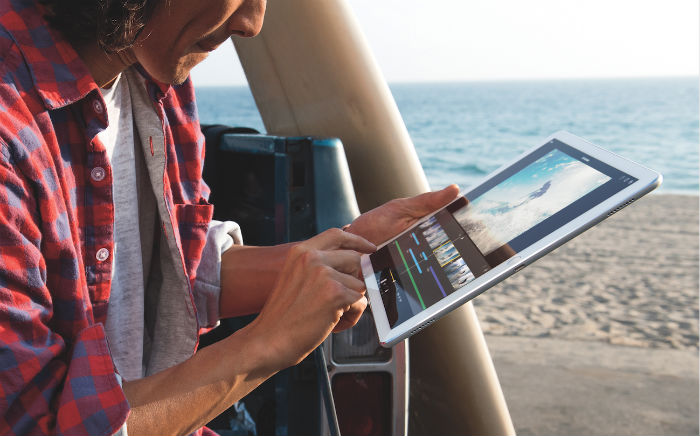
The differences in size and weight are negligible. Both of these devices are extremely portable. Apple claims that the iPad Pro can go for 10 hours between charges, while Microsoft is saying 9 hours for the Surface Pro 4. Much will depend on how you use them, but the iPad Pro may last a little longer when you're out and about.
The Winner: iPad Pro
Platform
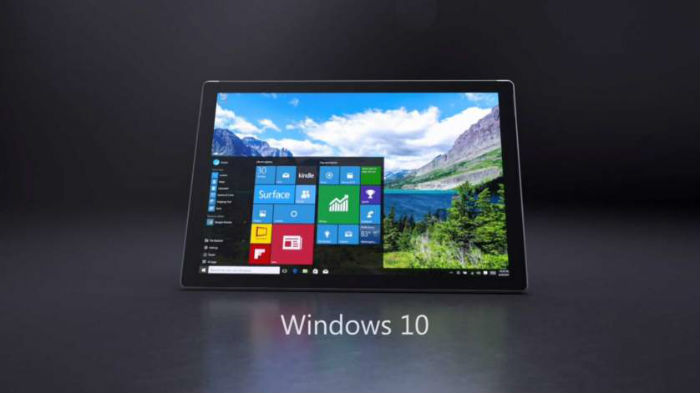
We don't have time for a full iOS vs. Windows competition here. Let's just say that iOS 9 is an excellent mobile platform that's slick, and features lots of apps and games. Windows 10 is a full desktop platform that Microsoft has tweaked to work well on mobile, too. You'll find a more diverse range of heavy-lifting software for things like photo and document editing on Windows 10.
It's all about priorities. If you primarily want a tablet, the iPad Pro might be best. If you're looking for a laptop replacement first, the Surface Pro 4 is probably going to be the one for you. You also need to factor in where you're invested. If you're already plugged into Apple's ecosystem, the iPad Pro will play nicely with your other Apple devices and your existing content, but if you have a lot of Windows 10 software, the Surface Pro 4 is going to make more sense for you.
The Winner: Tie
Camera
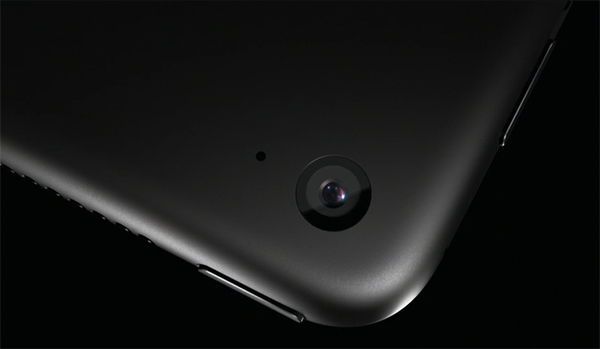
We have to warn you that you'll look silly using a tablet of this size to take photos, but if you insist on doing it, there's nothing to divide the iPad Pro and Surface Pro 4 because both have 8-megapixel cameras. You may well use the front-facing camera for video calls and selfies, but once again the two devices are identically rated at 5 megapixels.
The Winner: Tie
Accessories
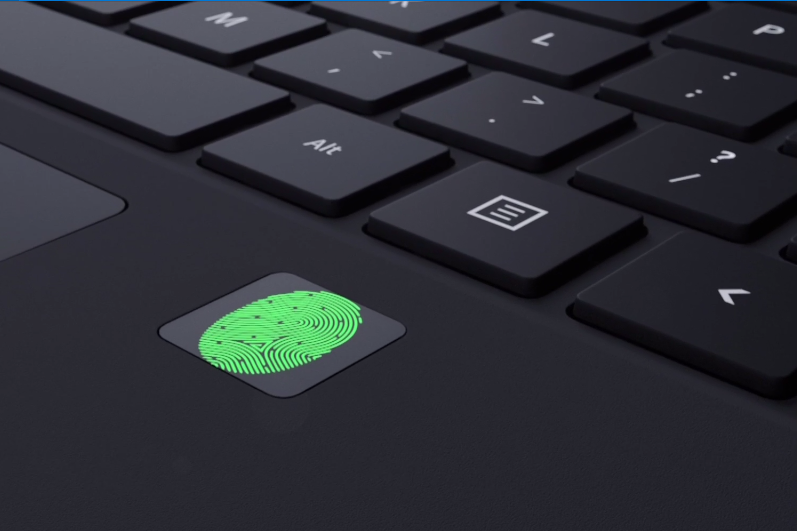
Apple is new to this category, and it shows when we look at the accessories. Microsoft's Surface Pen magnetically sticks to the Pro 4, and it has a digital eraser, interchangeable heads, and plenty of software support. It also has yearlong battery life, supports 1,024 levels of pressure, and comes with the Pro 4.
The Apple Pencil lasts 12 hours before you have to take the cap off to reveal a Lightning connector for charging. It has also been designed to work well for note taking and sketching, but it lacks the extra options and versatility of the Surface Pen. It's also a separate purchase that will cost you $99.
We find a similar story with the keyboard covers. Microsoft's fourth-generation keyboard cover features a larger trackpad, backlighting, and a fingerprint reader for security. Like the Pen, it's being offered in a choice of different colors. Apple's Smart Keyboard is crafted from a woven material and it's very slim, but it's not backlit, there's no fingerprint reader, and it only comes in one color. The Smart Keyboard is sold separately from the iPad Pro, and it costs $169. Microsoft's Type Cover is also sold separately, but it's cheaper at $129.
The Winner: Surface Pro 4
Availability and Pricing
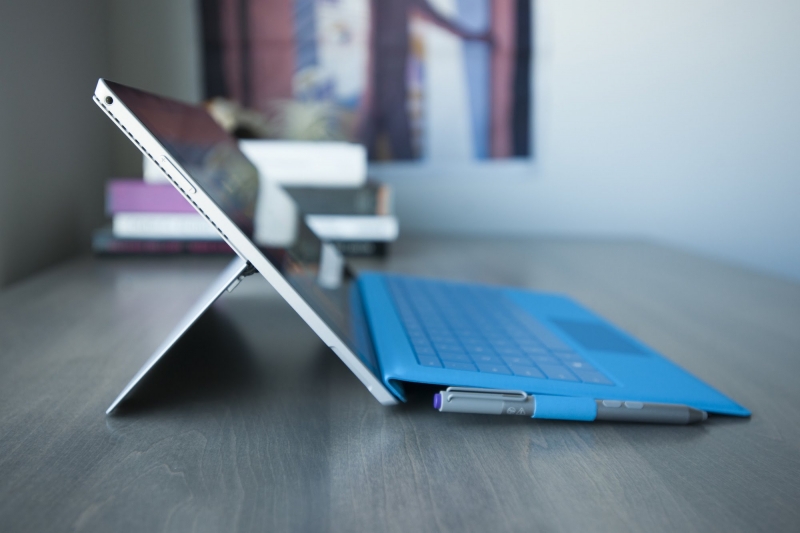
The iPad Pro starts at $799 for the 32GB version. If you want to add the Smart Keyboard and Pencil, then you'll pay $1,067. It would probably make more sense to opt for the 128GB model, in which case you'll pay $1,217 for the package. If you want to add cellular, the iPad Pro jumps to $1,079, which makes the package $1,347. It will be available in November.
The Surface Pro 4 starts at $899 for the Core M3, 4GB RAM, 128GB storage model. You get the Pen with it, but the Type Cover will cost $129, taking the total to $1,028. There are a lot of different permutations with the Surface Pro 4, but if you opt for the Core i5, 8GB of RAM, and 256GB of storage, and add the Type Cover, you'll pay $1,428. At the top end, the Core i7, with 16GB of RAM and 1TB of storage, will cost you $2,699, or $2,828 if you add the Type Cover. It will be available on October 26.
There are more options with the Surface Pro 4, but for a comparable package, you'll get more value for money with Microsoft's device.
The Winner: Surface Pro 4
Final Verdict
If the tablet side of the device is more important to you, and you're an Apple person, then the iPad Pro is an easy choice. If you need more raw power, you want a laptop replacement first and tablet second, or you primarily use desktop apps, then the Surface Pro 4 is going to be a better bet. Taking the accessories into account for the complete package, you get more for your money with Microsoft's Surface Pro 4, but the lack of LTE connectivity could be a deal breaker for some.
It's difficult to pick an outright winner, especially since there are so many different possible configurations, but it is worth considering that Microsoft has been honing its design in the 2-in-1 space, whereas Apple is a newcomer to this category. What do you think?
Simon Hill is a contributing writer at dealnews. Republished with permission.
